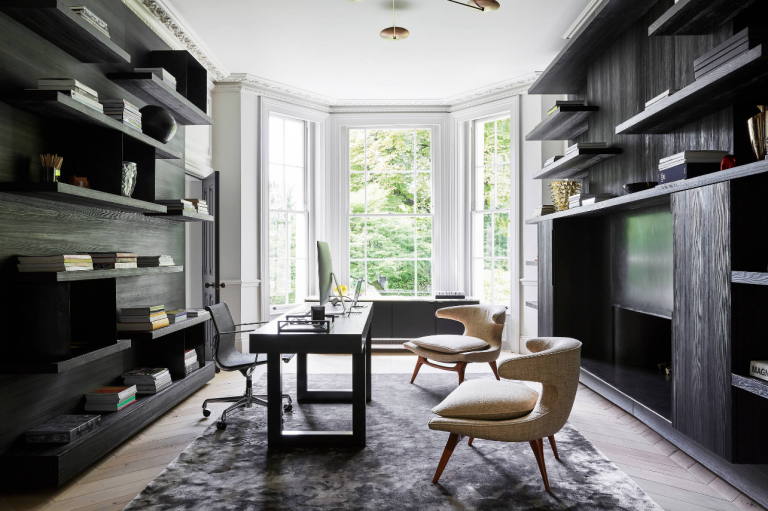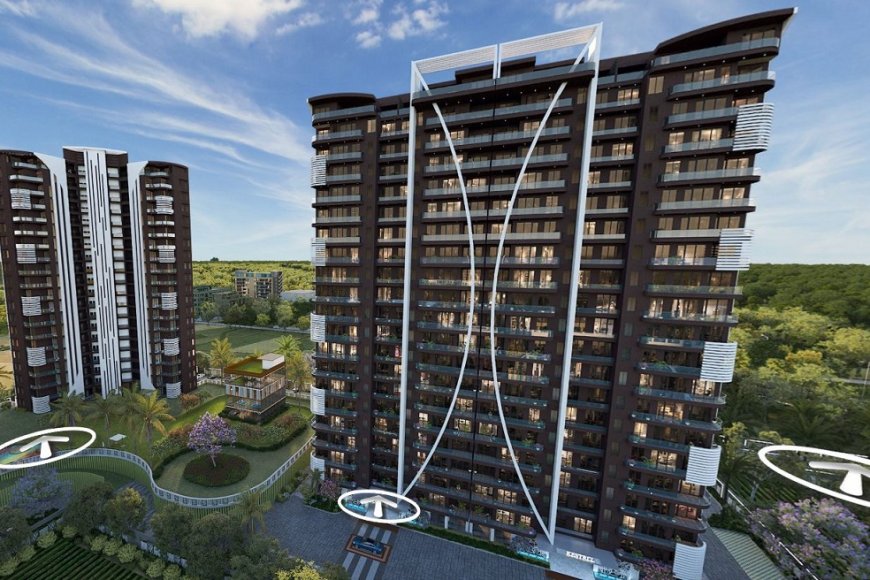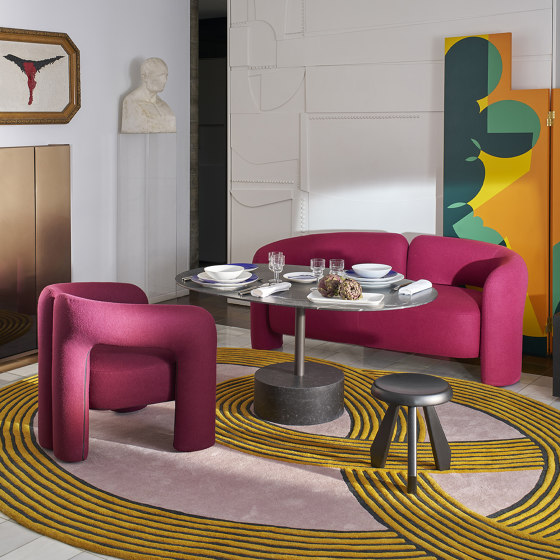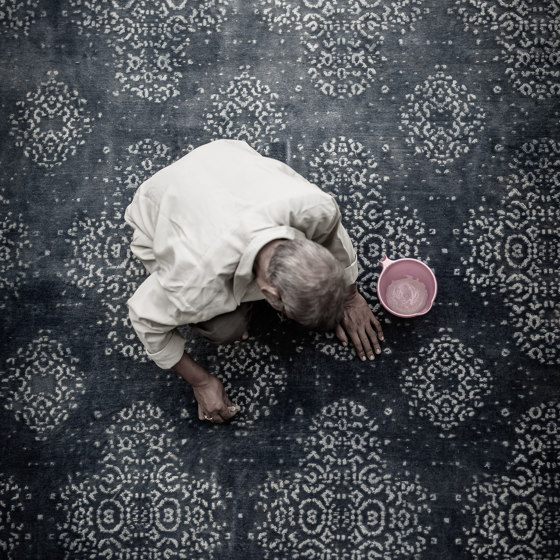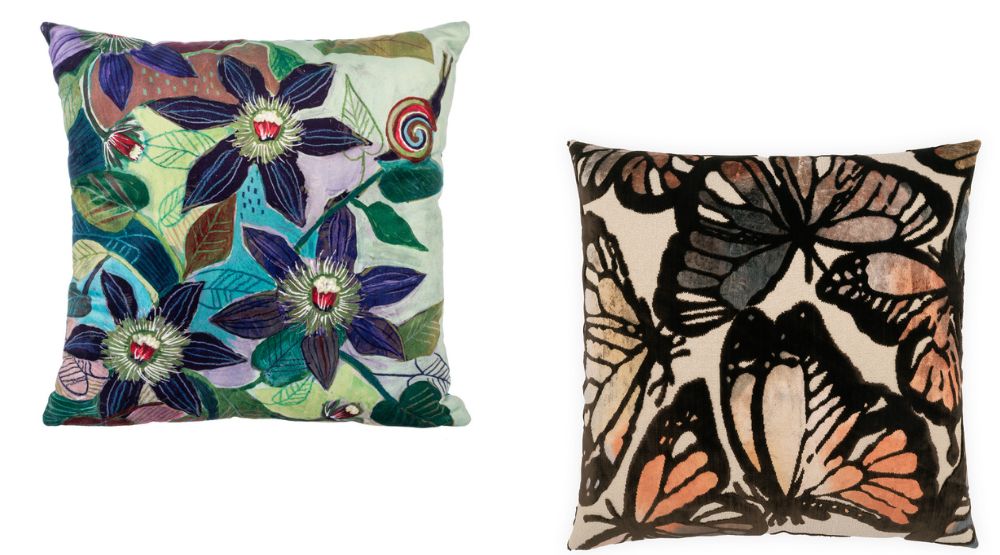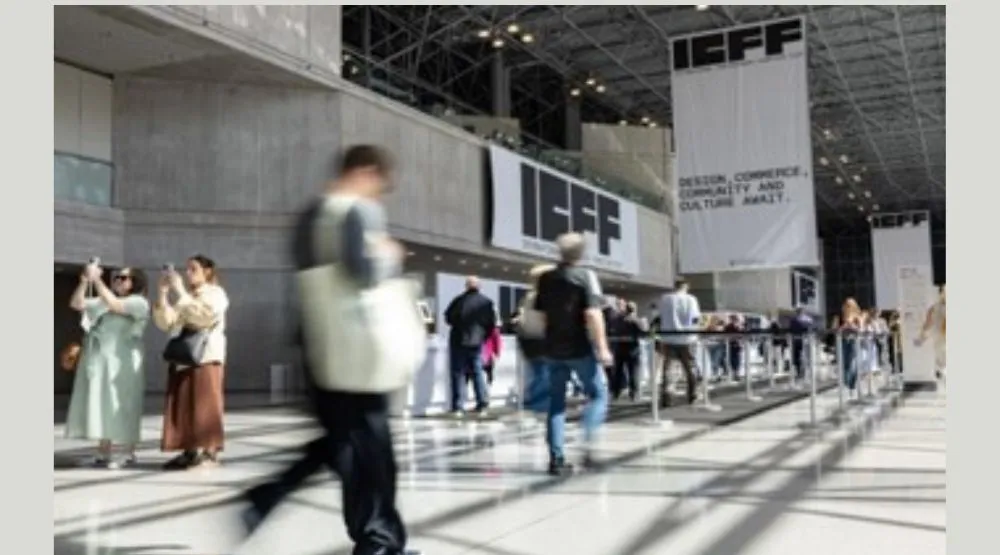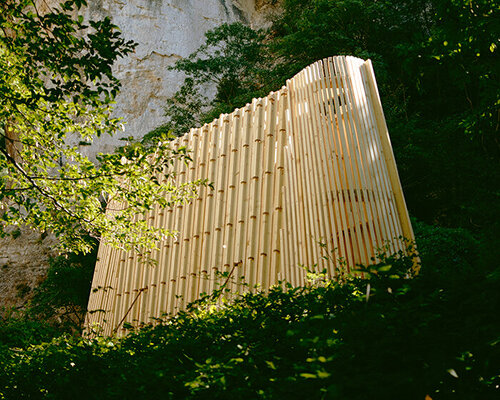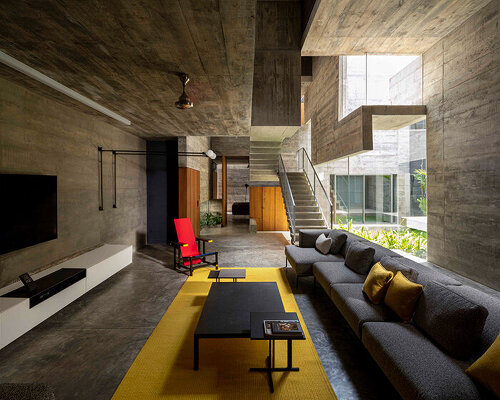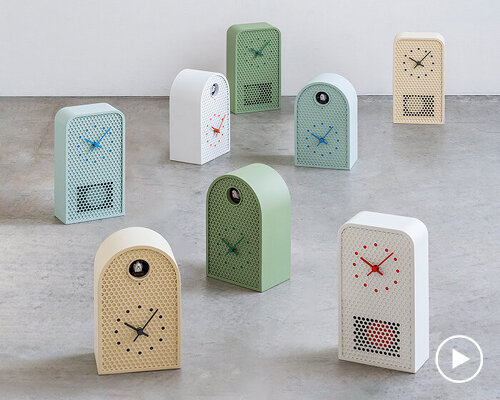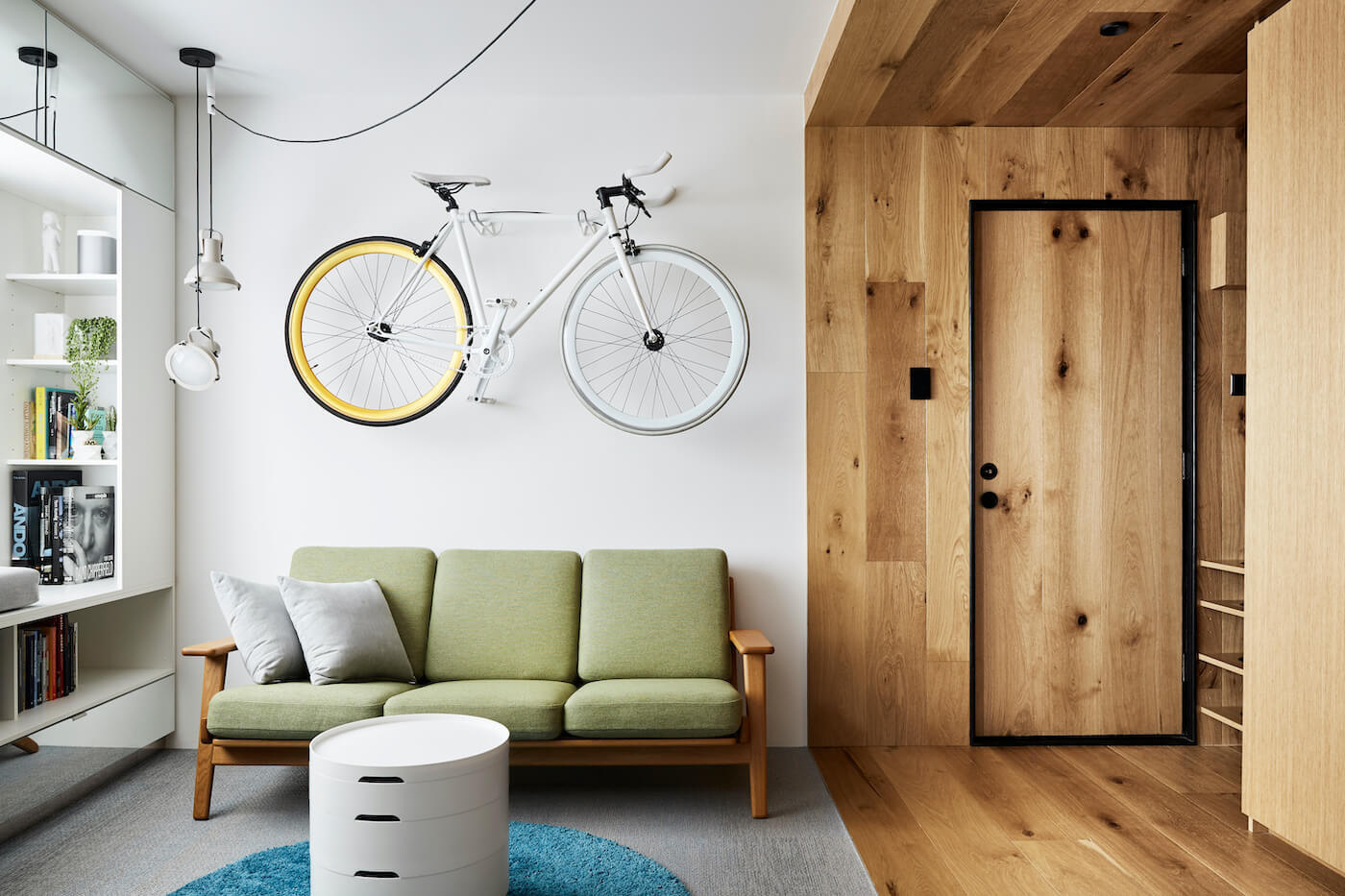Lachlan Turczan makes "the invisible visible" for Google Milan installation


Google has worked with artist Lachlan Turczan at Milan design week to present an immersive installation of mist and lasers that allows visitors to move light as though sweeping back curtains.
Turczan's artwork Lucida (I–IV) was the main drawcard of Google's Making the Invisible Visible installation, where the tech giant also displayed some of its products and design work.

Google's intention with the installation was to explore art and design "as acts of alchemy that bring ideas to life", said the company, which previously worked with Turczan on its 2023 installation in Milan with giant speakers that made water dance.
For this year's design week, which ended on Sunday, the artist turned his attention to how water and light can combine to make something appear solid even when it isn't.

In Lucida (I–IV), six-foot wide fixtures were suspended from the ceiling in a dark room, consisting of lasers and a concave parabolic mirror, helping to project their light below.
The room itself was filled with mist, so the light glinting off the mirror didn't just fall onto the floor but also onto the miniscule water particles hanging in the air, creating the impression of a curtain.

The curtains were still until the moment that sensors detected a person walking underneath or waving their hand through the light, at which point they wobbled and moved as if made of solid material.
The effect was achieved using proprietary software and heightened through the use of sound that was also triggered by the motion detection. Google described it as blurring "the boundaries between the tangible and intangible".

The installation brought out the gleeful side of visitors to Milan design week, some of whom danced below the light to see how it would respond.
Turczan told Dezeen that Lucida (I–IV) was based on outdoor artworks of his that could be enjoyed only at twilight, giving an ephemeral experience. For this installation, the goal was to create the same feeling indoors.
"It took about a year of engineering and prototyping and iterating over and over again," said Turczan. "We actually also never saw more than just one of them at a time, because my studio is only big enough to put one in."
"So seeing three of them overlap or all six of them in the space is like a dream come true," he continued.

"Sending the pictures, they just look like columns," added Google chief design officer of consumer devices Ivy Ross. "The beauty is when you push and pull and you hear sounds, and the shape changes."
Ross worked with Turczan to help realise his vision, and her design team created the rest of the Making the Invisible Visible installation, which highlights the stories behind Google's hardware.

"I've come to the Milan design show my whole career," said Ross. "We're committed to always giving people an experience, not just showing our things. And the idea is to let them see a little bit of Google thought leadership."
"The combination of giving you an experience, a person and showing you how it relates to how we think, that's always the objective," she continued.
Google explored a similar theme with its installation last year at Milan, titled Making Sense of Color. Developed with the studio Chromasonic, it sought to make light audible and sound visible, simulating the experience of synesthesia.
All photography courtesy of Google unless otherwise stated.
See our Milan design week 2025 guide on Dezeen Events Guide for information about the many other exhibitions, installations and talks that took place throughout the week.
The post Lachlan Turczan makes "the invisible visible" for Google Milan installation appeared first on Dezeen.


